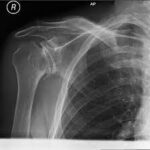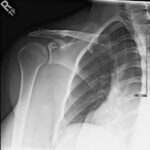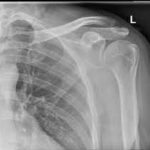Frozen Shoulder Release (Adhesive Capsulitis)
"To keep the body in good health is a duty... otherwise, we shall not be able to keep the mind strong and clear."
Frozen Shoulder Release
Firstly, “frozen Shoulder” itself is a misnomer. It means nothing more than a stiff shoulder. There are numerous reasons for a stiff shoulder. These could be largely degenerative due to the Rotator cuff muscles become weak and inflamed a tear of the ligaments or nerve compression which could render the rotator cuff or serratus anterior muscle weak or incompetent. A more precise diagnosis as a cause of the stiff shoulder needs to be made. The term “frozen Shoulder” is now considered outdated.
In the absence of a tear of the muscle (read rotator cuff) or ligaments (read labrum) rehab is usually the first choice of treatment. We practice a fairly aggressive rehab program without any heat modality. At our clinic, we advise a two-week supervised phase I rehab program followed by a 4-week phase II home program.
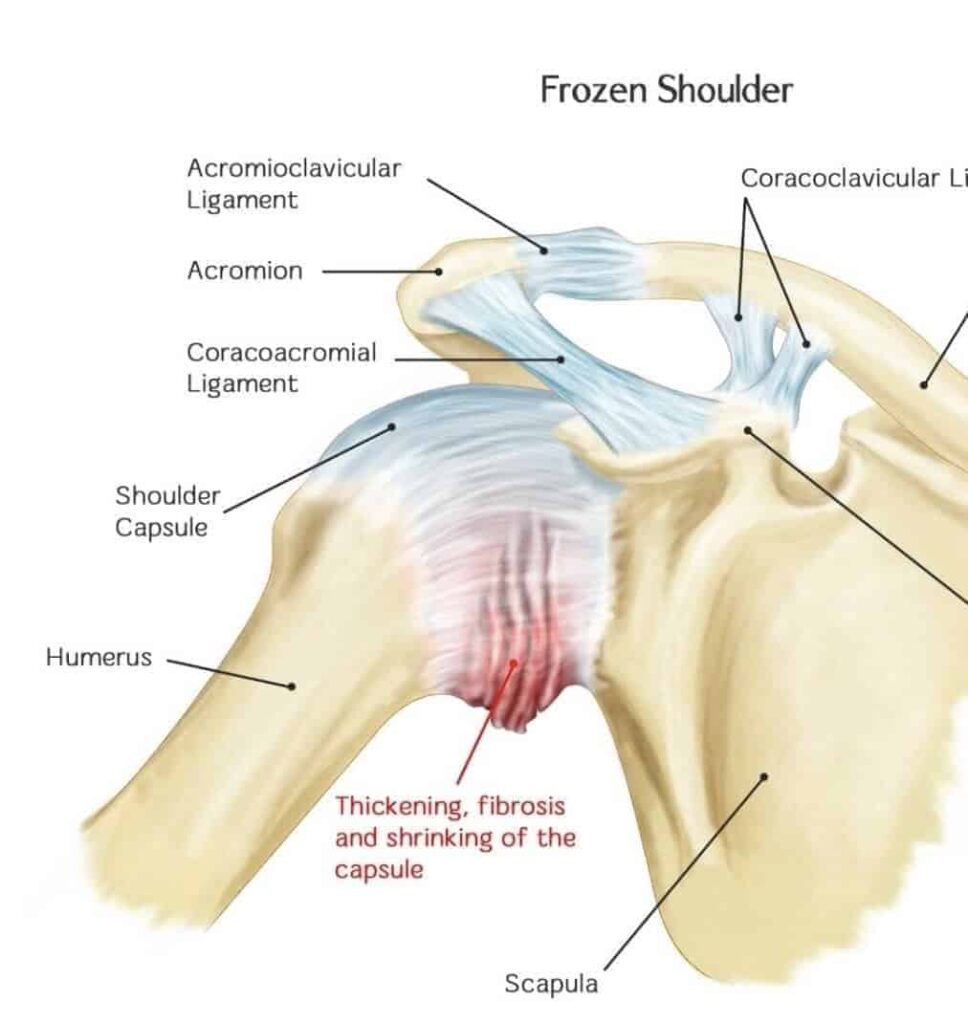
A majority of the patients are cured by this time. In the past & more conservative practices, patients were advised to grin & bear the stiff shoulder for a year after which it was alleged that it would settle down. If the improvement is not perceived at the end of two weeks patients are best advised to undergo an MRI scan to rule out alternative pathology which could be more serious in nature such as either a rotator cuff tear (in the elderly) or in extreme cases even malignancy of the tissues around the shoulder.
How does the shoulder become frozen
The process usually begins with an injury (such as a fracture) or inflammation of the soft tissues such as bursitis or tendinitis of the rotator cuff. Inflammation causes pain that is worse with movement and limits the shoulder’s range of motion.
When the shoulder becomes immobilized in this way, the connective tissue surrounding the glenohumeral joint the joint capsule thickens and contracts, losing its normal capacity to stretch. Trying to avoid the pain caused by moving the shoulder leads to further contraction of the capsule. The humerus has less space to move in and the joint may lose its lubricating synovial fluid. In advanced cases, bands of scar tissue (adhesions) form between the joint capsule and the head of the humerus.
A frozen shoulder may take two to nine months to develop. Although the pain may slowly improve, stiffness continues, and the range of motion remains limited.
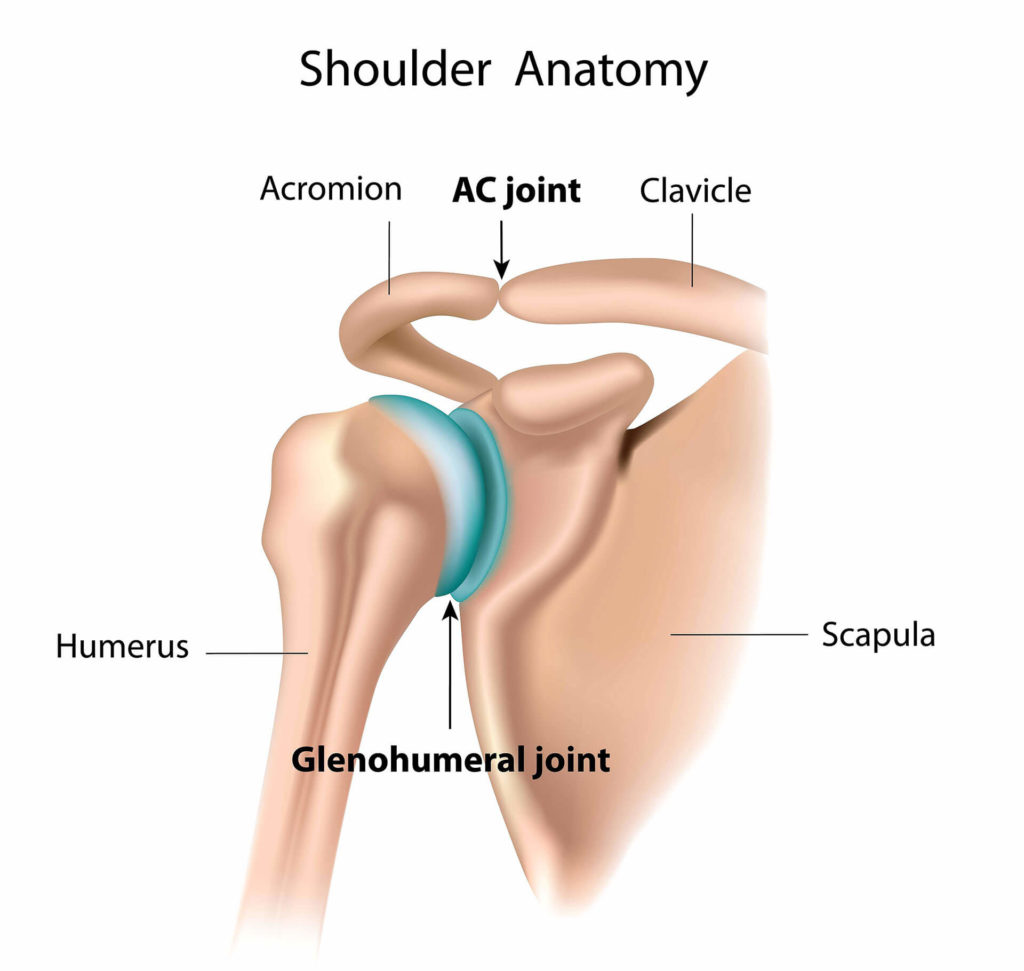
Who gets a frozen shoulder?

The risk is increased when you don’t receive exercise therapy after tendinitis or an injury and when you wear a sling for more than a few days without intermittent stretching. About 10% of people with rotator cuff disorders develop a frozen shoulder. Enforced immobility resulting from a stroke heart condition or surgery may also result in a frozen shoulder. Other conditions that raise the risk are thyroid disorders Parkinson’s disease and diabetes (frozen shoulder affects 10% to 20% of people with diabetes).
We are here to help you Get relief from your pain
Get reed of from various body pain from our experienced doctor.

